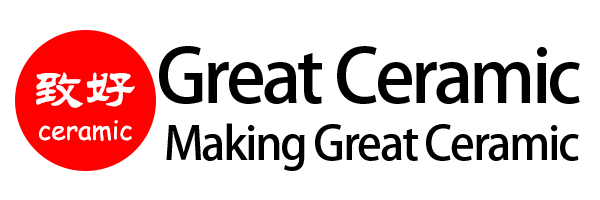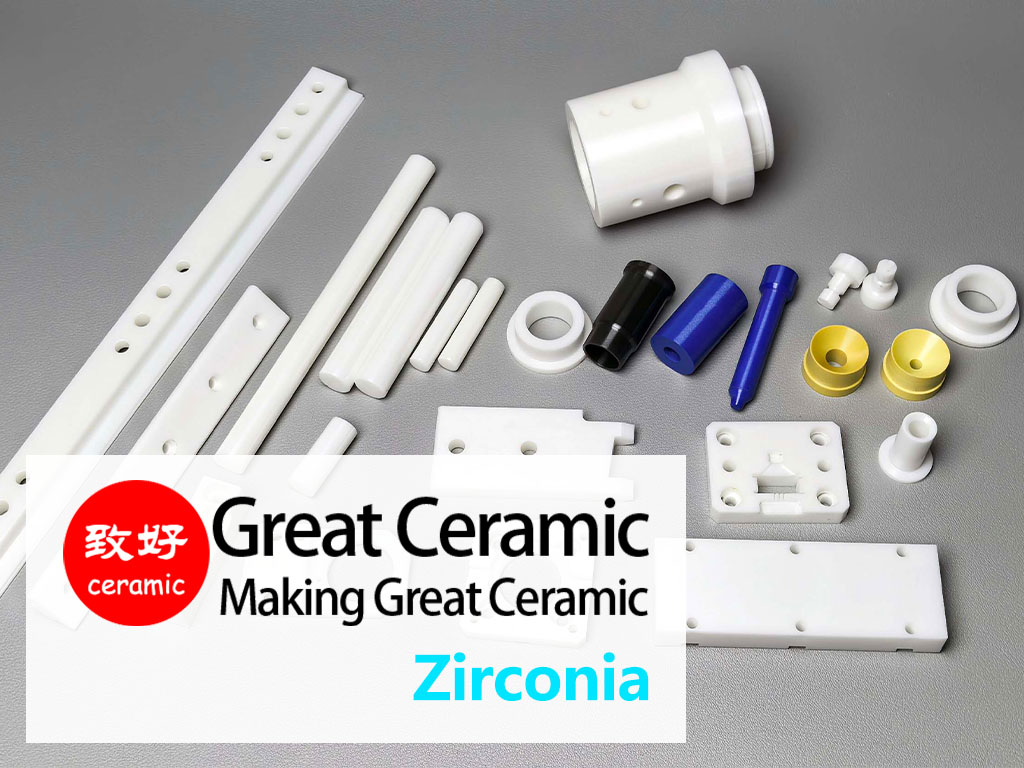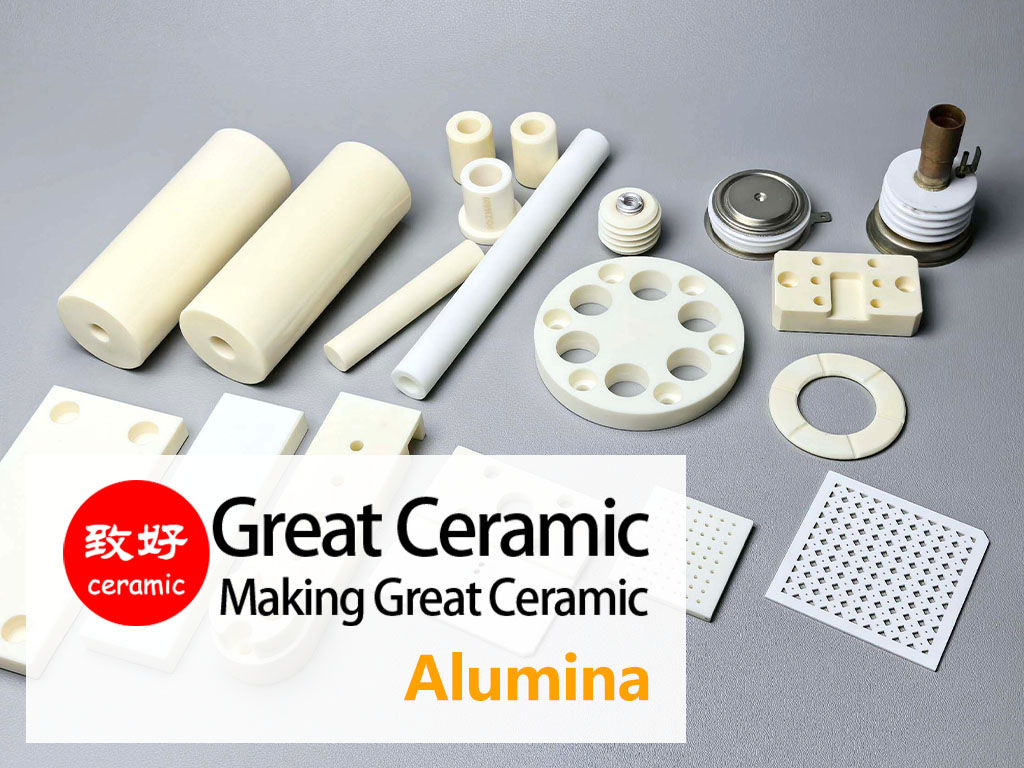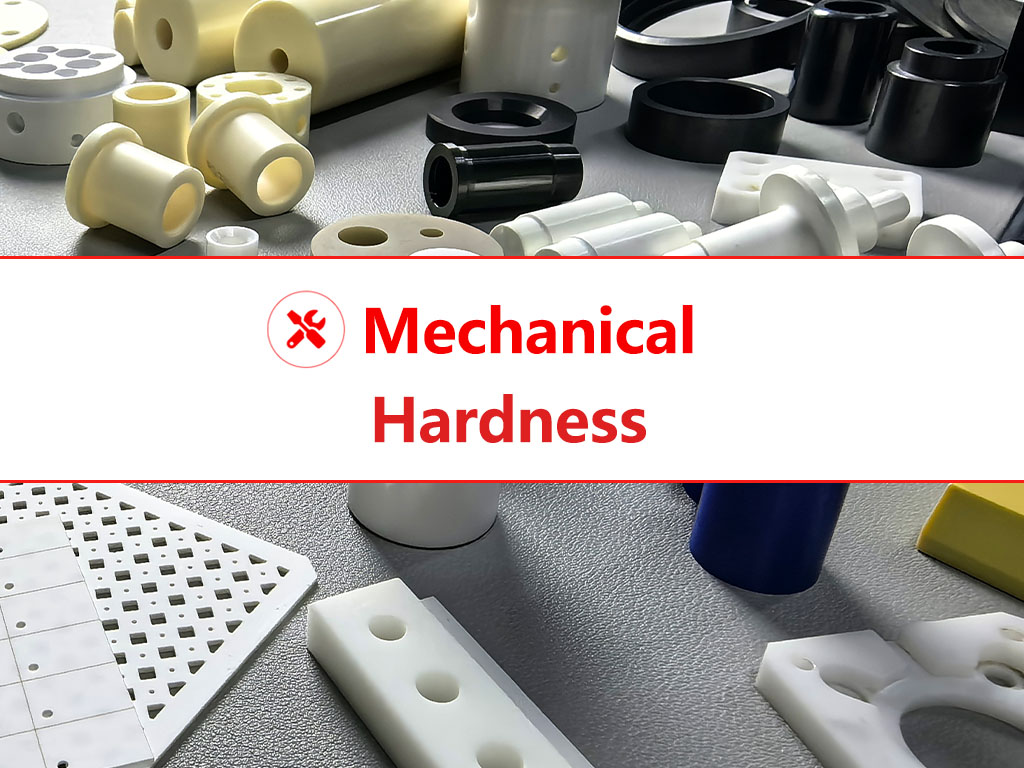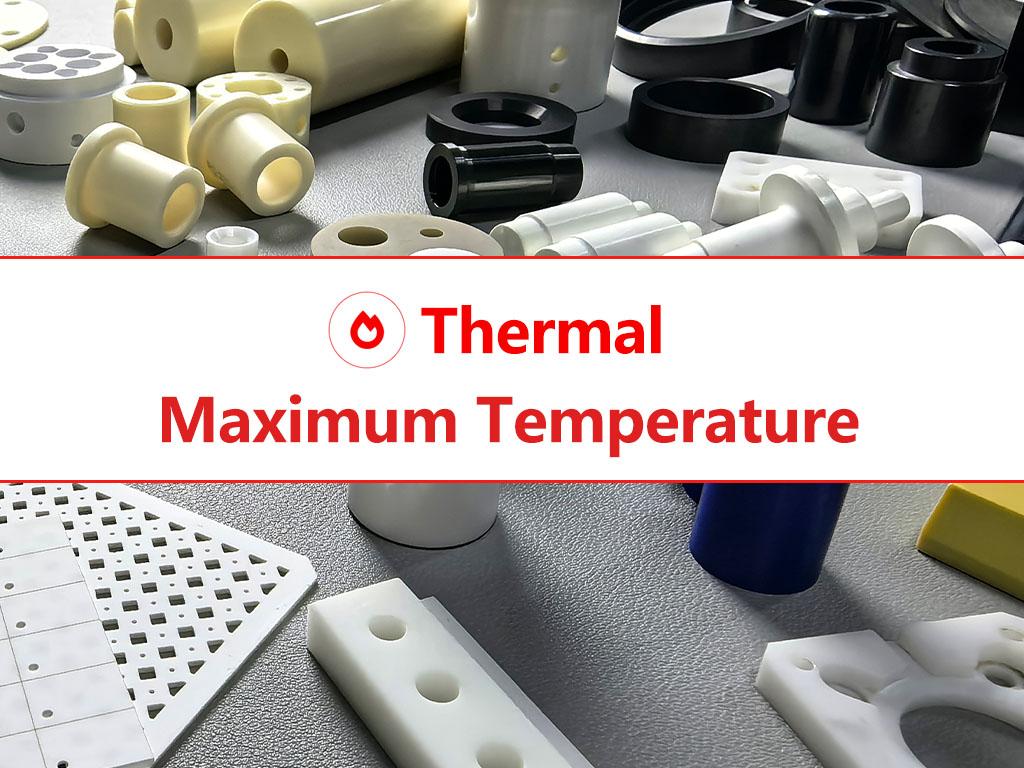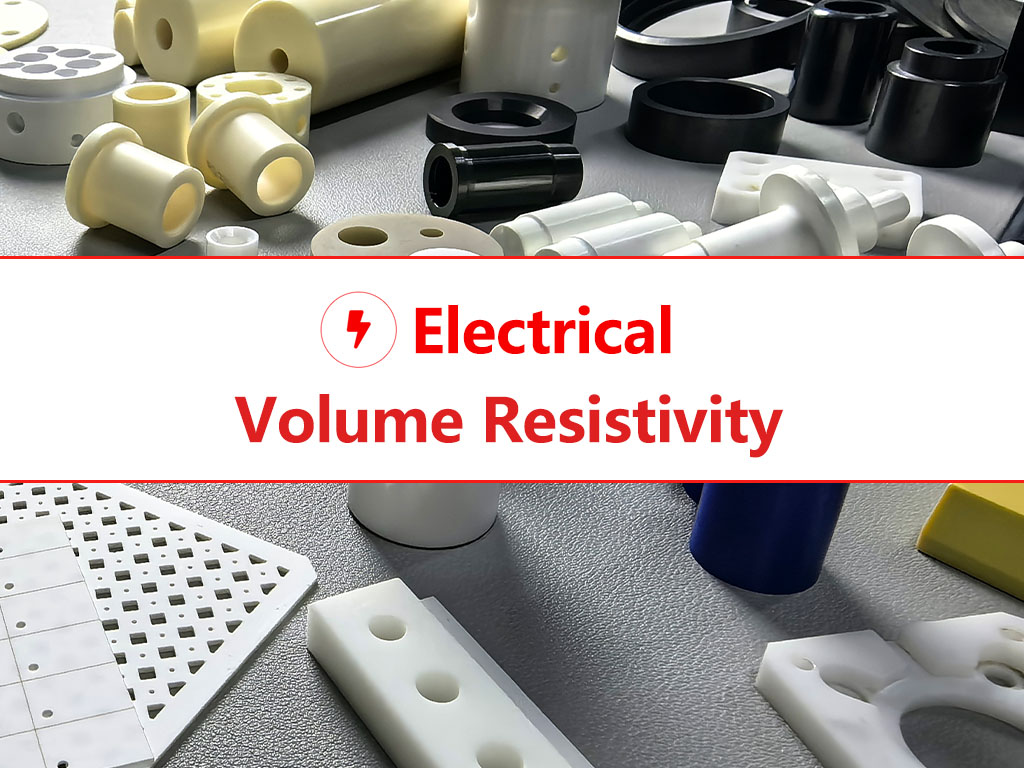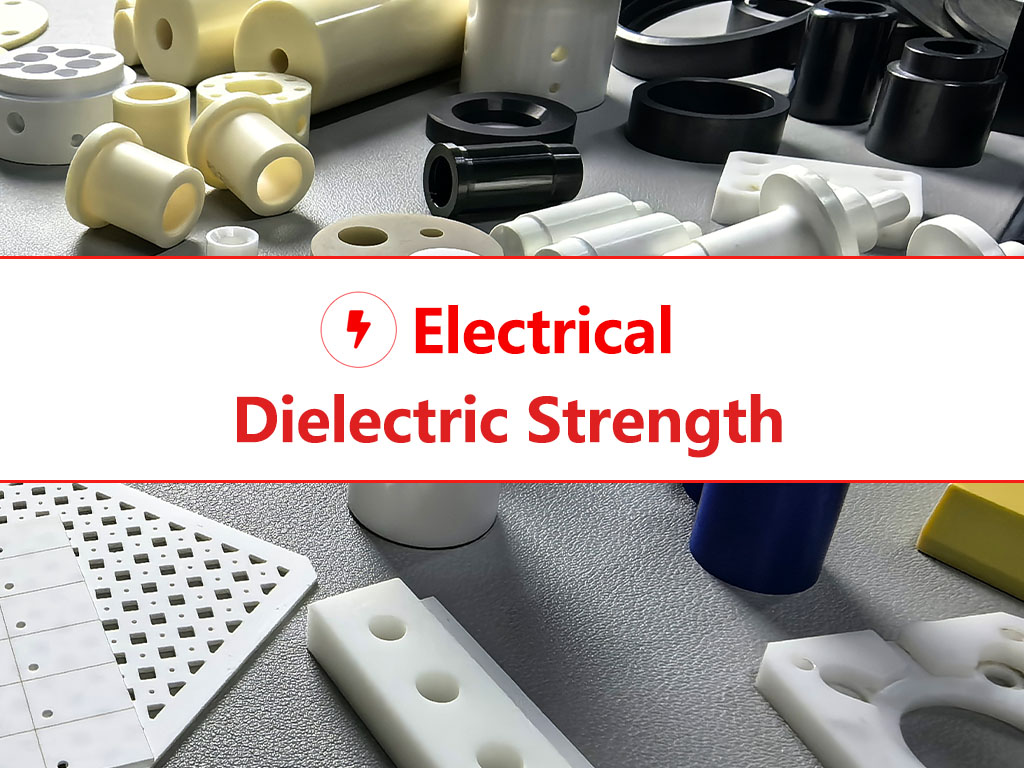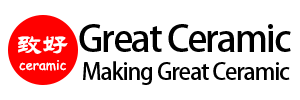Corrosion Resistance & Chemical Stability of Advanced Ceramics
Advanced ceramics have garnered growing attention across critical industries due to their exceptional corrosion resistance and chemical stability, especially under harsh environments such as high temperatures, strong acids/bases, and corrosive gases. Compared with metals and engineering plastics, advanced ceramics offer unmatched longevity and performance in chemically aggressive conditions, making them indispensable in semiconductor processing, chemical industries, aerospace, and energy applications.
Skip to
Data | Comparison | Applications | FAQs | Related
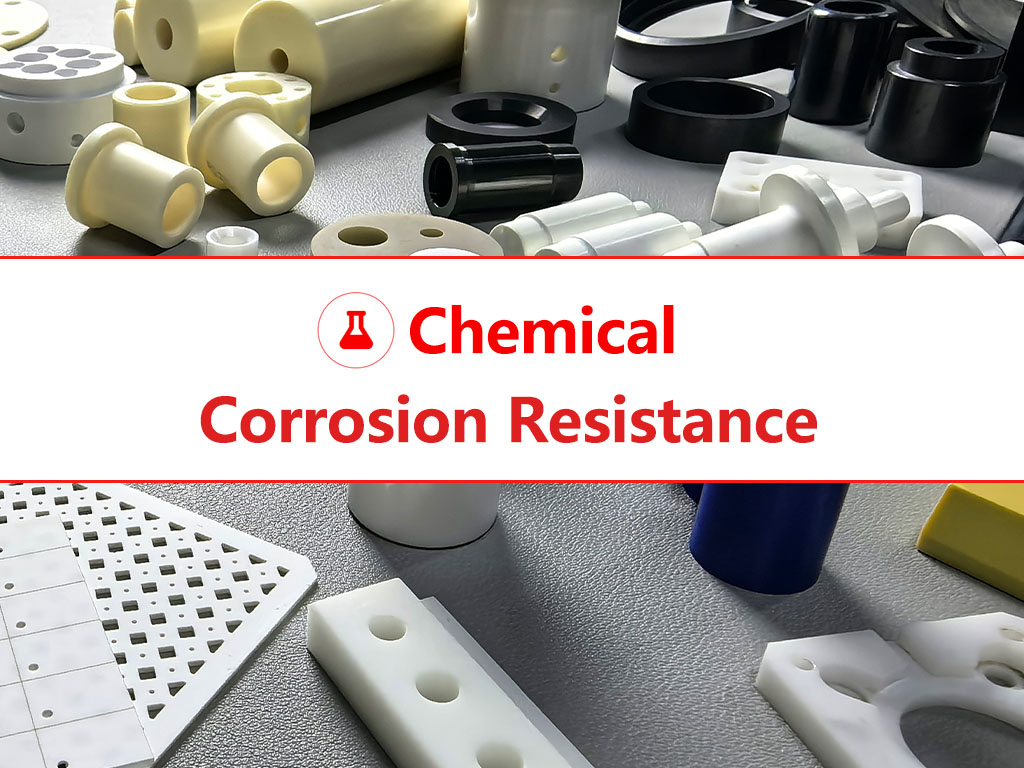
What Is Corrosion Resistance and Why Does It Matter?
Corrosion resistance refers to a material's ability to maintain its structure and performance when exposed to chemical environments—such as acids, alkalis, and salts—without degrading.
Advanced ceramics such as alumina (Al₂O₃), zirconia (ZrO₂), silicon carbide (SiC), and silicon nitride (Si₃N₄) are inorganic, non-metallic materials with strong ionic or covalent bonding. This gives them much better resistance to corrosion than most metals and engineering plastics.
For advanced ceramics, this property is crucial because:
Chemical Stability Advantages of Advanced Ceramics
Factors Affecting Corrosion Resistance of Ceramics
Dissolution Rate of Ceramics in Aggressive Media (Experimental Data)
The following table shows measured dissolution rates of key ceramic materials in common corrosive media, indicating their long-term chemical durability:
| Material | Medium | Temperature | Duration | Dissolution Rate (mg/cm²/day) |
|---|---|---|---|---|
| Alumina (Al₂O₃) | HCl (10%) | 100°C | 24 h | ~0.02 |
| Zirconia (ZrO₂) | H₂SO₄ (30%) | 150°C | 24 h | ~0.015 |
| ZTA20 | HCl (10%) | 100°C | 24 h | ~0.025 |
| Silicon Nitride (Si₃N₄) | NaOH (20%) | 80°C | 72h | ~0.01 |
| Aluminum Nitride (AlN) | DI Water (pH 7) | Room Temp | 7 days | ~0.5 |
| Silicon Carbide (SiC) | HNO₃ (50%) | 120°C | 48 h | <0.01 |
| Beryllium Oxide (BeO) | HCl (10%) | 90°C | 24 h | ~0.02 |
| Hexagonal BN (h-BN) | H₂SO₄ (98%) | 100°C | 24 h | ~0.15 |
| MGC (Machinable Glass Ceramic) | NaOH (10%) | 80°C | 24 h | ~0.2 |
Note: Materials like AlN and MGC are more reactive in water or alkaline solutions, while SiC and Al₂O₃ demonstrate extreme inertness in both acid and base.
*Data is for reference only.
Key Ceramic Materials: Properties and Use Cases
Click on the blue font to view detailed information of each advanced ceramic material:
| Material | Chemical Stability Highlights | Common Applications |
|---|---|---|
| Alumina (Al₂O₃) | Highly inert in acidic and basic media | Semiconductor fixtures, medical implants |
| Zirconia (ZrO₂) | Stable in acid; limited alkali resistance | Pumps, valves, sensors |
| ZTA20 | Improved toughness and corrosion resistance | Structural components, wear parts |
| Silicon Nitride (Si₃N₄) | Strong against acids and thermal oxidation | Gas turbines, automotive engine parts |
| Aluminum Nitride (AlN) | Good chemical resistance, high thermal conductivity | Electronic substrates, heat sinks |
| Silicon Carbide (SiC) | Excellent resistance to virtually all chemicals | Chemical reactors, seals, heat exchangers |
| Beryllium Oxide (BeO) | Chemically stable, thermally superior | Military electronics, space systems |
| Boron Nitride (BN) | Inert, non-reactive even at high temperatures | Crucibles, insulators in reactive atmospheres |
| Machinable Glass Ceramic (MGC) | Good chemical resistance, easy to machine | Prototypes, vacuum parts |
Related knowledge points:
Need Help Choosing the Right Ceramic?
Selecting the right advanced ceramic is critical to ensuring long-term reliability and optimal performance. Whether you need silicon nitride, silicon carbide or alumina ceramic materials, our materials offer industry-leading performance, durability and precision.
Our technical team is here to help – contact us today for expert, customized advice based on your specific needs.
Comparative Corrosion Resistance of Common Materials
This figure shows the dissolution rate comparison (unit: mg/cm²/day) of various advanced ceramic materials in three typical corrosive media, which facilitates intuitive understanding of the chemical stability of various advanced ceramic materials in acid, alkali and salt environments.
*Data is for reference only.
